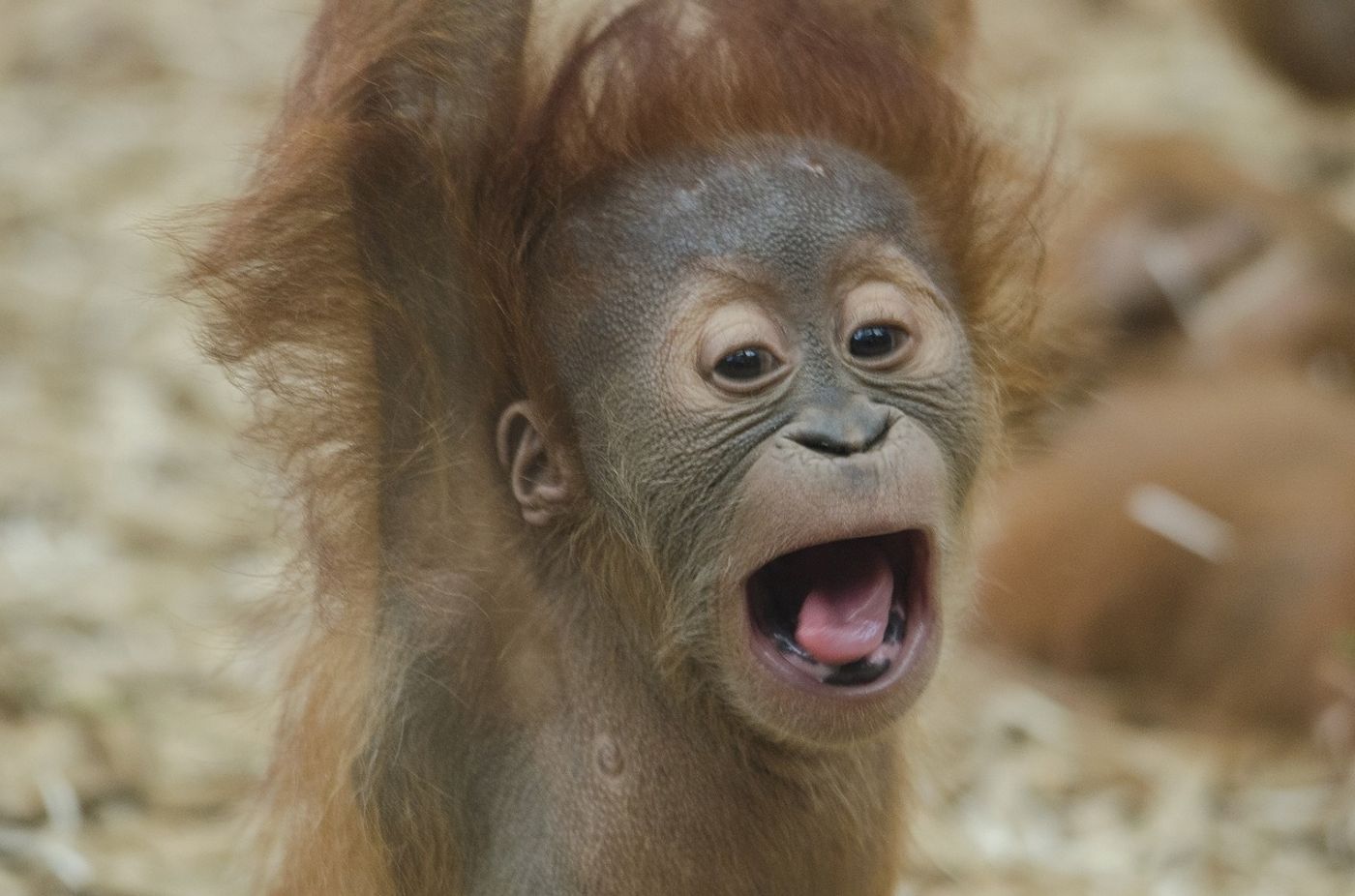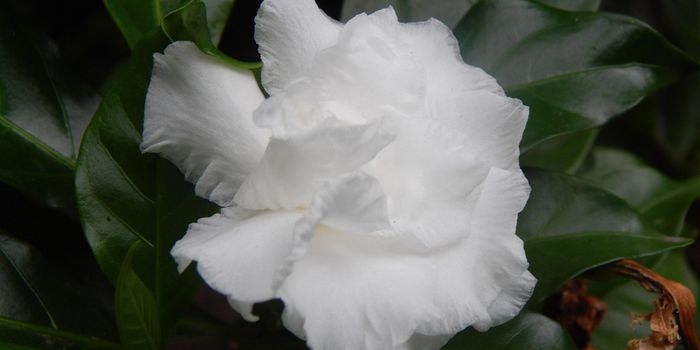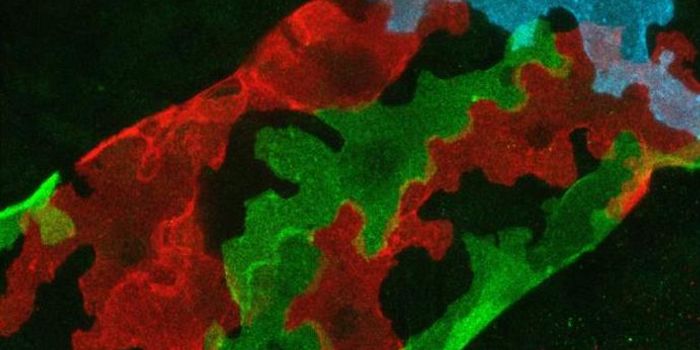Orangutan Mothers Breastfeed Their Young for Up to 8 Years
Orangutans are already a generally elusive animal species considering they’re endangered because of habitat loss and human intervention, but despite how hard it is to spot an orangutan in the wild, it’s even harder to find one undergoing breastfeeding because they hang out in the cover of trees.
This little fact made a recent study to determine how long the creatures breastfeed for quite difficult. Nevertheless, after studying different orangutan specimens in the wild, researchers were able to come up with an answer; their study has been published in the journal Science Advances.
Image Credit: skeeze/Pixabay
Since you can’t really spot a breastfeeding orangutan in the wild too often, the researchers resorted to dental methods to find out when breastfeeding stops in younger orangutans.
Related: Rare leucistic orangutan rescued from captivity in Borneo
Breastfeeding leaves its mark on teeth in the forms of both barium and calcium, both of which are skeleton-supplemental minerals that come from breast-fed milk. The more you drink, the more of these minerals are found in the teeth.
The team analyzed the molar teeth of as many as four separate breast-fed orangutans and found that, in some cases, orangutans continued to breastfeed after the initial year until they were up to eight years of age; with a caveat, of course.
“We’ve found the first evidence for a seasonal pattern of increasing and decreasing milk consumption over several years, which is unexpected as primates are conventionally believed to simply increase milk consumption after birth, reach a plateau, and then decrease consumption as they transition onto solid foods and then stop suckling,” study lead author Tanya Smith said in a statement.
“This kind of behavioral flexibility in orangutans may be unique, but we’ll need to investigate other wild primates’ nursing histories to know.”
While they would breastfeed almost exclusively as infants, the behavior started to drop off throughout their toddler years, and as they continued to age, the frequency pattern continued. Orangutans seemed to exhibit a seasonal-like pattern for breastfeeding after year one, switching proactively between eating solid food and breastfeeding.
You might also like: Watch this wild orangutan learn how to use a saw to cut branches
As noted by the study, this seasonal selection of breastfeeding might be a way for younger orangutans to continue relying on their mother’s food supply during times of the year when certain food sources are scarce, allowing them to continue a well-rounded diet year-round.
More importantly, the study also reveals how traces of barium in teeth could be useful in determining how long other primate species breastfeed before transitioning to a fully-solid food diet, just as it worked in orangutans.
Related: The incredible intelligence of orangutans
“We’re planning to look at other primates who lived in seasonal environments to determine if this nursing behavior is part of the unique suite of features that characterize orangutans,” Smith continued. “I’m also hopeful that people will consider this information in their conservation efforts, as prolonged development makes orangutans especially vulnerable to extinction.”
It should be interesting to see what kinds of information this type of research can pull up about other primate species. Perhaps we’ll learn that one species breastfeeds longer (or shorter) than orangutans, but only time will tell.
Source: Live Science









